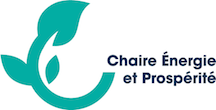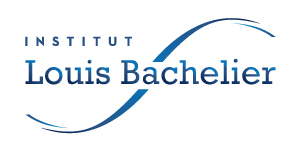We assume that a project requires an initial outlay and may either succeed or fail. The probability of success depends on its type and on the effort of the firm. Only in the case of success do private and external benefits appear. The paper analyzes the optimal design of subsidies under different information structures the state agency and the firm may have over the characteristics of the project. It is proved that under symmetric information structures rewarding success is optimal while, ordinarily, under asymmetric ones, rewarding failure is optimal. While reward success encourages ef- fort, rewarding failure mitigates windfall profit. In asymmetric structures, the second feature dominates. These results emphasize the crucial significance of properly iden- tifying the underlying structure in designing an efficient incentive scheme. The policy relevance of our analysis is discussed in the context of risky programs such as those for the energy transition associated with COVID recovery plans.
Séminaire en présence d'Adam George (SOAS, University of London). Adam George présente un modèle macroéconomique SFC environnemental britannique intégrant émissions de CO2 et investissements verts de tous les agents économiques. Le modèle trimestriel analyse l'impact des politiques énergétiques selon le rapport capital vert/capital conventionnel. Quatre scénarios fiscaux verts sont testés (2022-2035) : taxe carbone, investissement...
Le laboratoire GAEL (Grenoble Applied Economics Laboratory) et la Chaire Energie et Prospérité organisent un workshop sur l’économie de la bioénergie les jeudi 9 et vendredi 10 octobre 2025 sur le campus universitaire de Grenoble.


